Duaca and its colonial and traditional venezuelan architecture [ENG]/[ESP]
Duaca and its colonial and traditional venezuelan architecture [ENG]/[ESP]
Greetings dear friends of hive and all members of the community of @arquitectureanddesign, I hope you find excellent and have had a day full of blessings.
I am with you again to share with you a visit I made to the town of Duaca in the state of Lara in Venezuela.
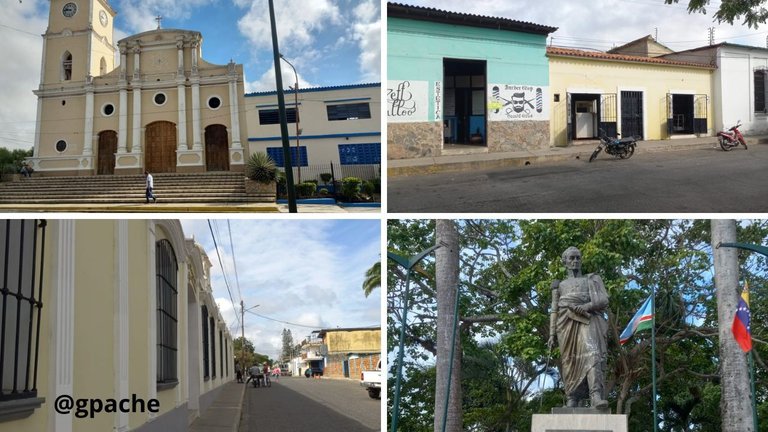
I live in Barquisimeto and I was visiting Duaca recently because we were looking for a furniture factory in the area because we had been told that they had a lower cost by dealing directly with the manufacturers there.
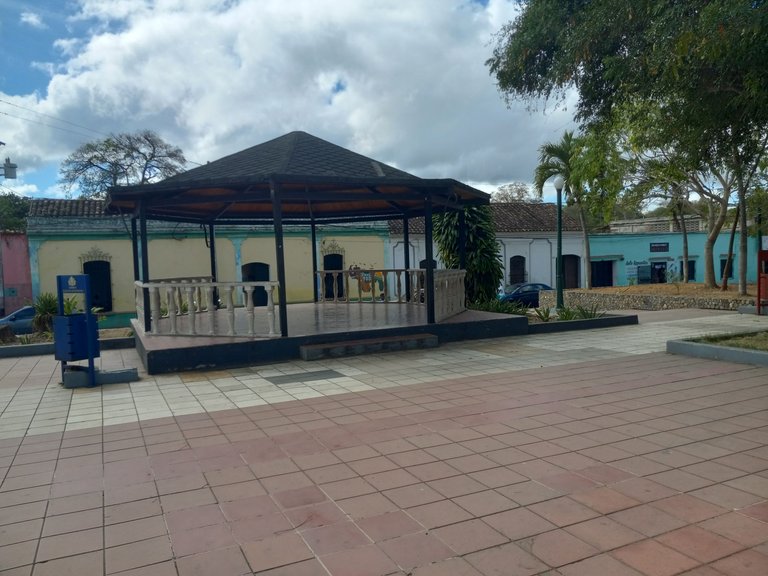

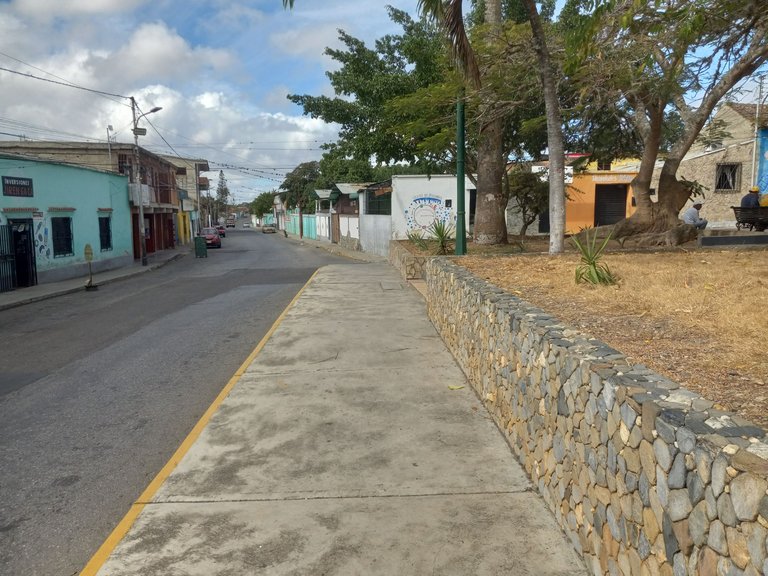
Duaca is the capital of the Crespo municipality and is located approximately one hour northwest of Barquisimeto. It is a small town with simple people who live predominantly from agriculture and livestock, as it has very fertile lands bathed by rivers and streams.
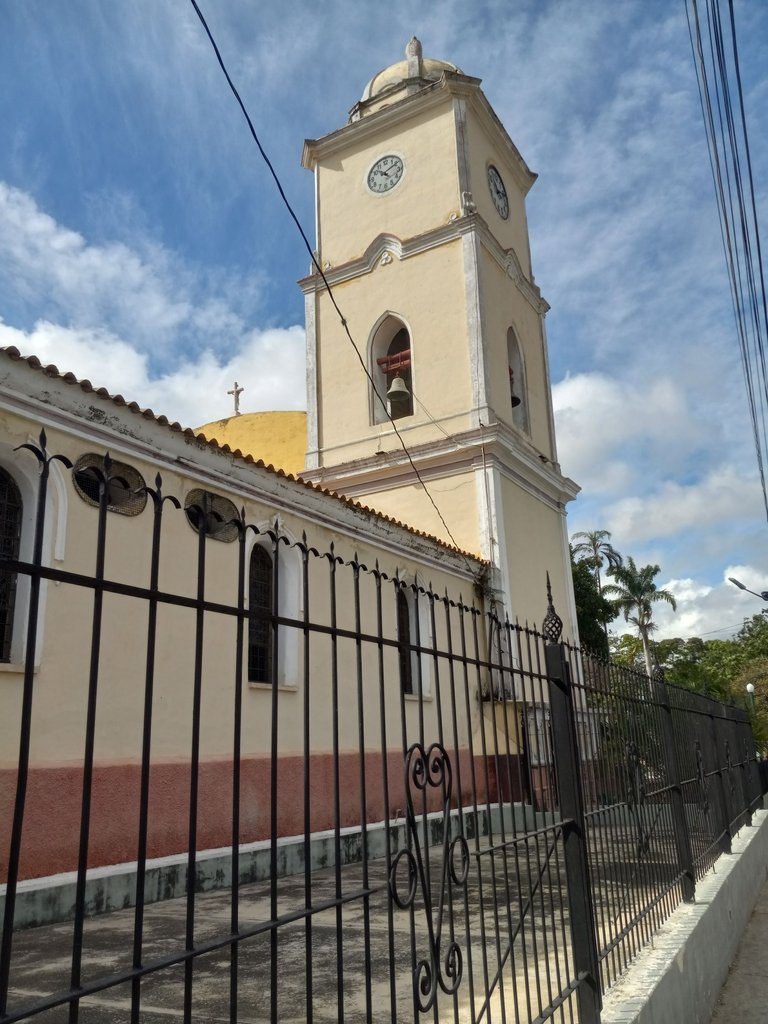
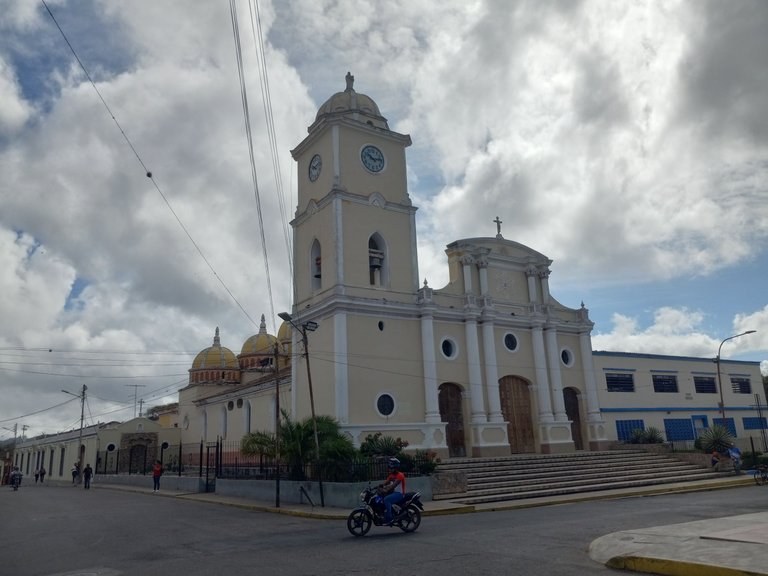
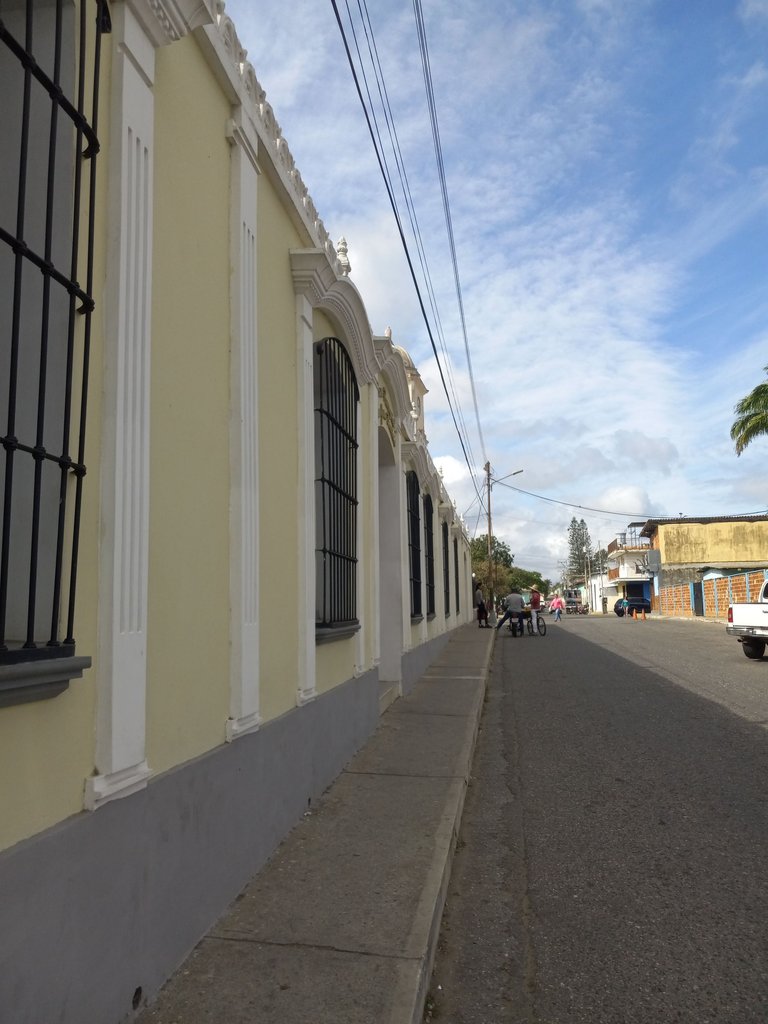
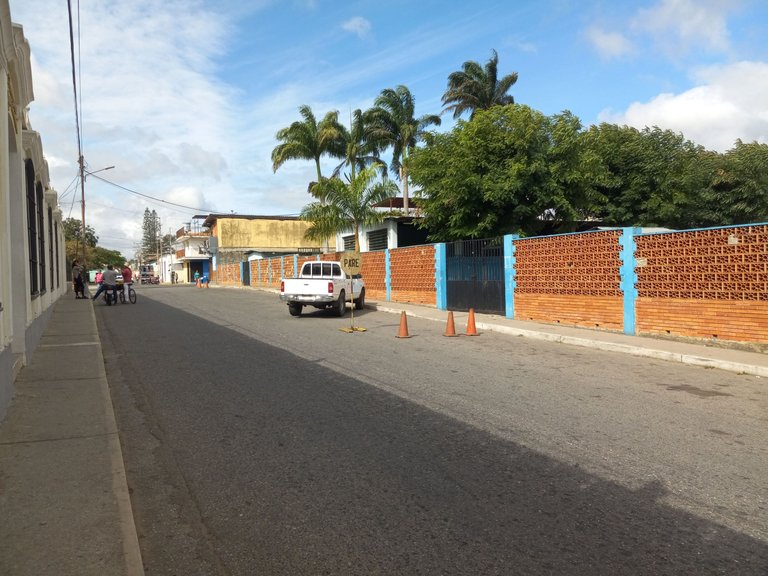
When we arrived at the town we went directly to the Bolivar square, because the furniture store we were looking for is located nearby, and being there I took advantage of the opportunity to take pictures of the houses and buildings near the square.
Most of the facades of the houses surrounding the square are characterized by being built with local materials, such as adobe walls and adobe, a mixture of mud and cane that give a lot of freshness to the houses.
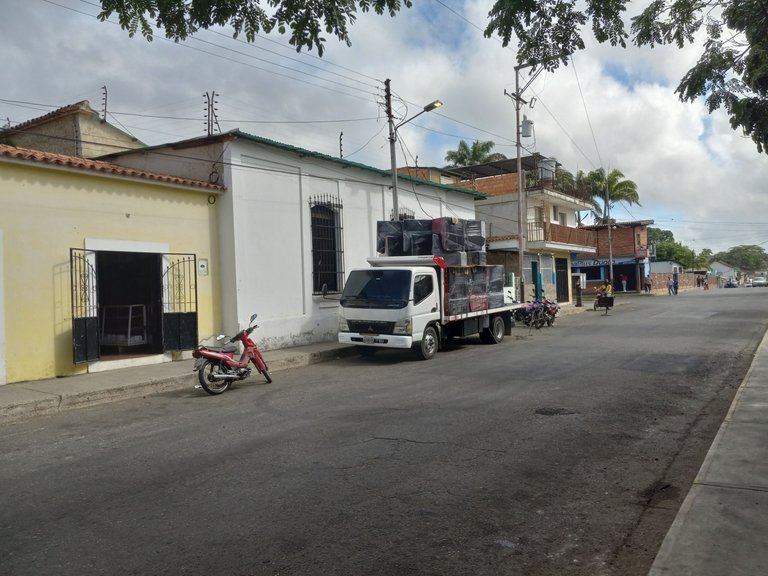
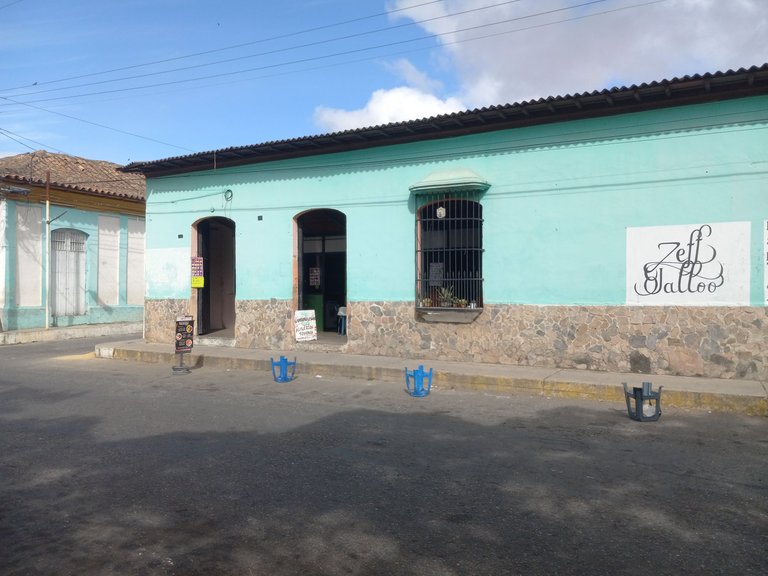
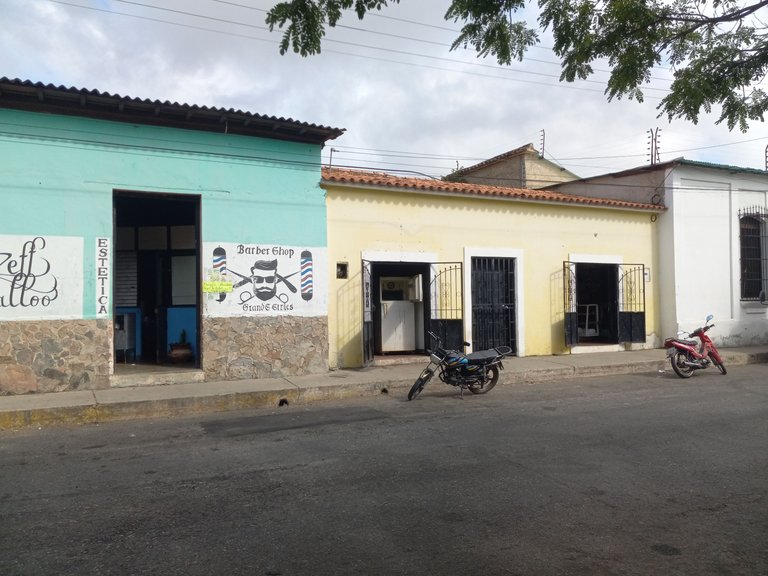
It is important to differentiate between these two materials: to make the bahareque, a structure is built with cane wood or maguey and filled with a mixture of mud and straw that before setting, it is smoothed by hand to give it a smooth finish.
The adobe consists of making a kind of blocks of mud and straw and once set, they are glued together with a mixture of mud and straw to form the walls. These walls are then smoothed in the same way as the block walls, obtaining heat insulating and very durable walls.
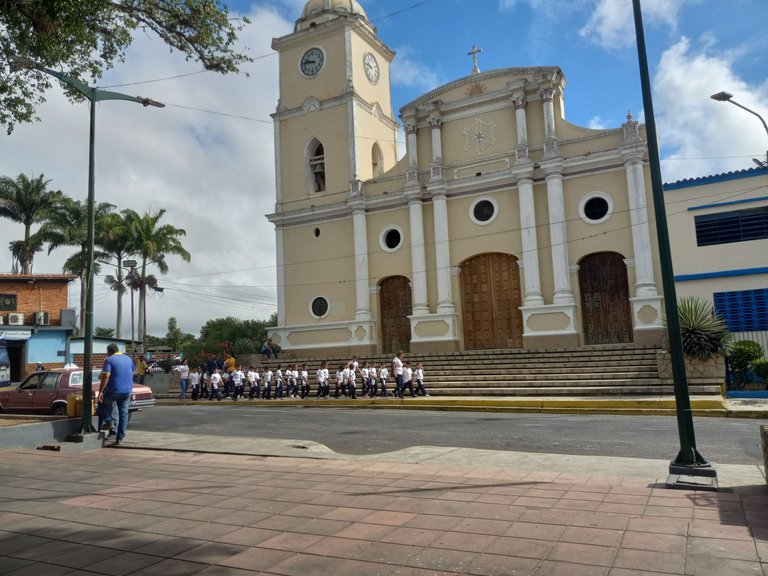
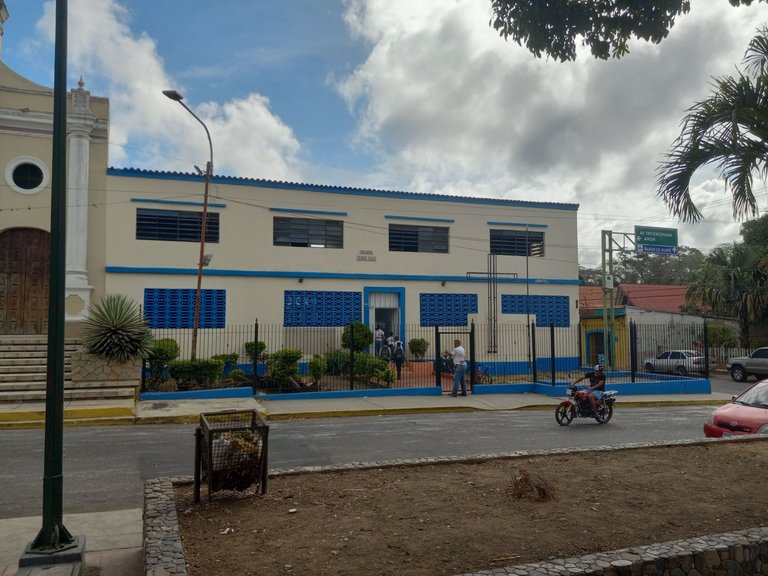
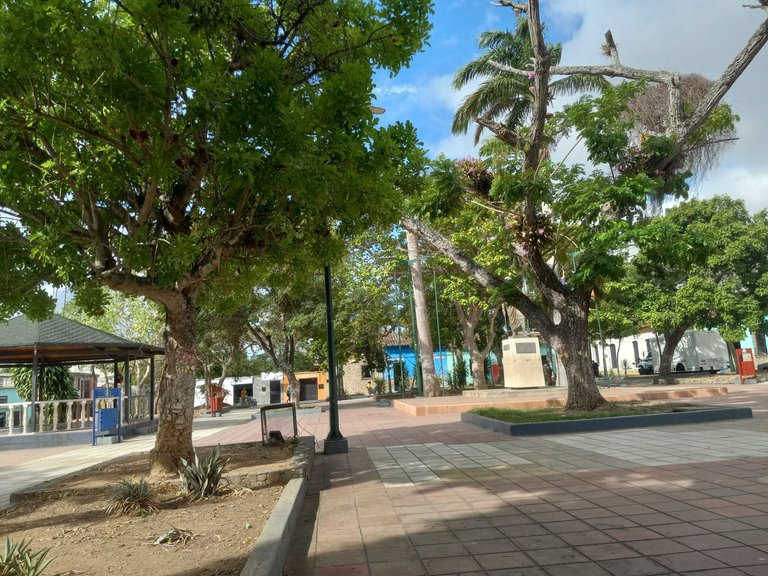
This model of buildings was predominant in colonial times and is therefore called colonial architecture. The predominant feature of these houses are the large iron windows protruding from the walls and the Creole tile roof also handmade with baked clay.
Here I show you an image generated with IA of these materials to give you an idea of what I am talking about, but with a tile roof.
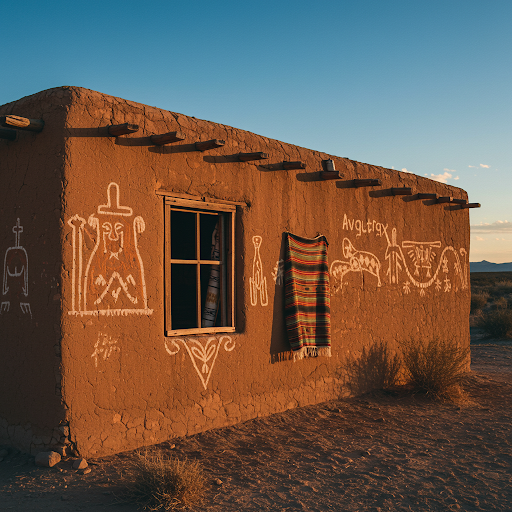
In addition to the colonial houses, we also see more modern buildings where a school operates and next to it is the temple of San Juan Bautista with its baroque architecture of great beauty.
Walking a little further we find other buildings of recent construction that show the modern advances in its architecture.

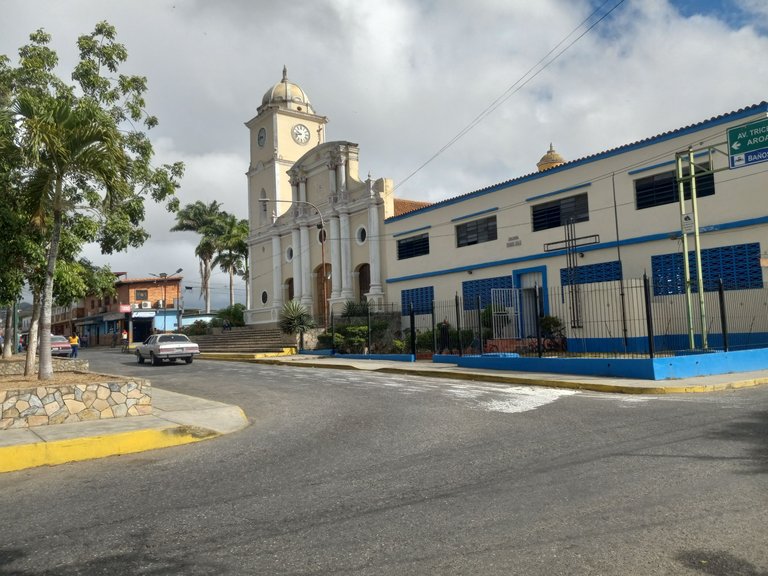
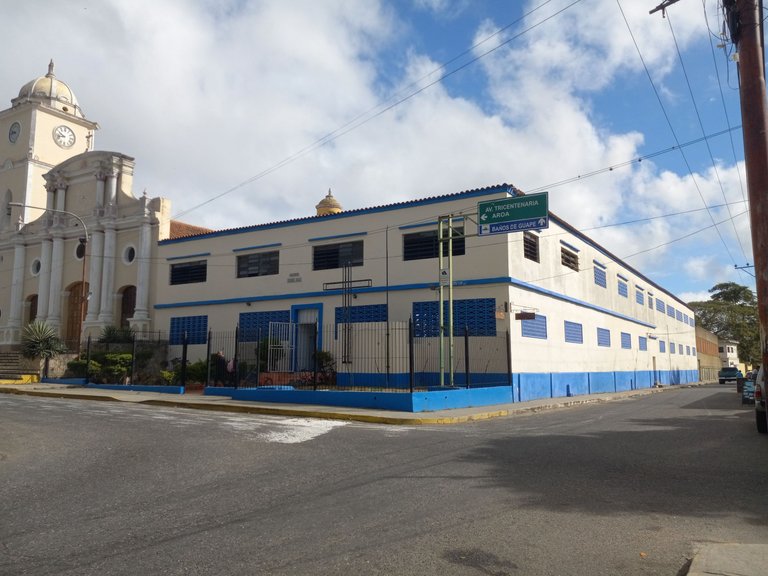
Taking advantage of the shade provided by the trees in the plaza, we sat down to detail the monument to Simon Bolivar with its flags in the background and its gardens a bit neglected but still maintaining the beauty of the flora of the region.
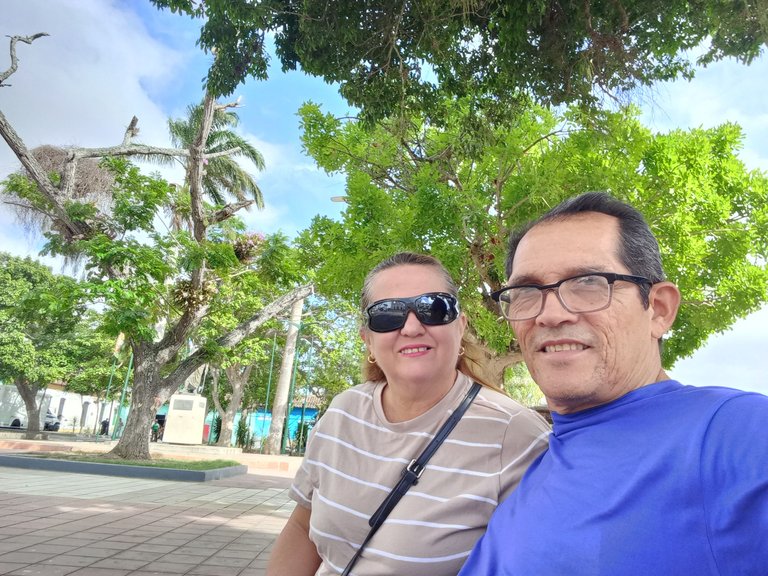
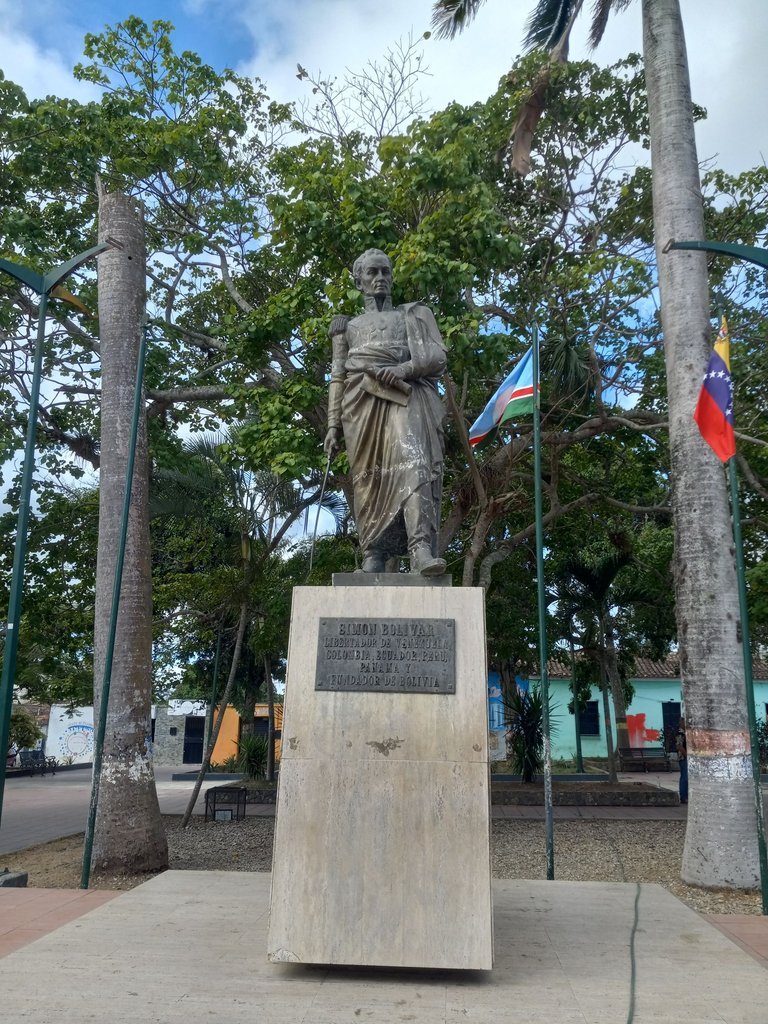
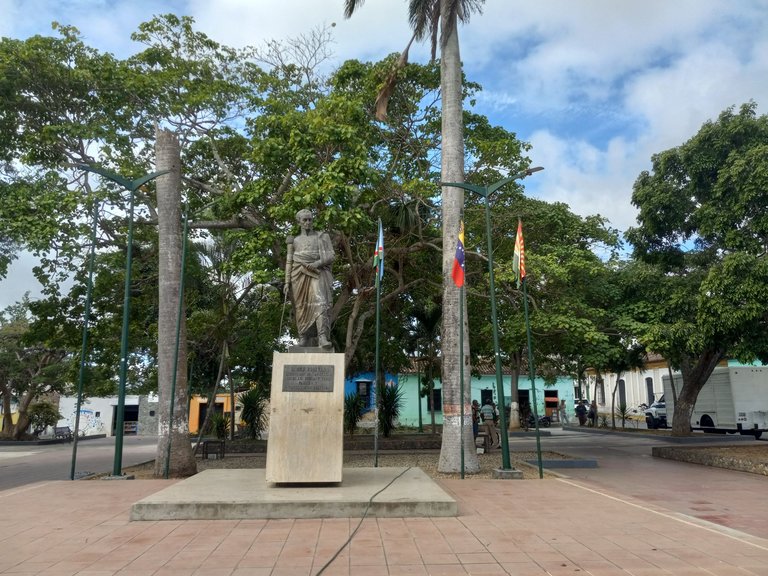
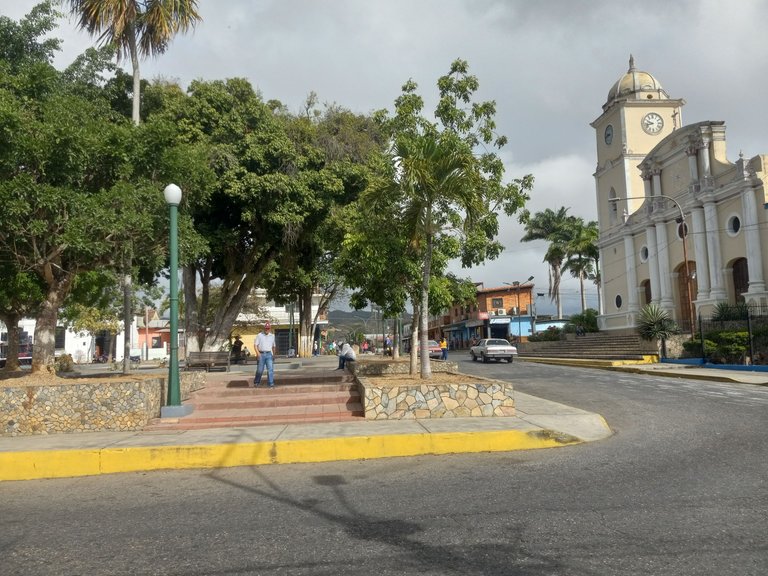
In summary, it was a pleasant walk through this town full of history and that preserves in a good part of its territory, the traditional Venezuelan architecture that resists to disappear in the face of the gigantic advances of modernity and technology. If you ever visit the state of Lara be sure to visit this picturesque little piece of Lara.

Images taken with Samsung Galaxy A12
Cover page made with Canva
Text translator used: Deepl
Version en Español
Duaca y su arquitectura colonial y tradicional venezolana
Saludos estimados amigos de hive y a todos los integrantes de la comunidad de @arquitectureanddesign, espero decencuentren excelente y que hayan tenido un día lleno de bendiciones.
Me encuentro nuevamente con ustedes para compartirles una visita que hice a la población de Duaca en el estado Lara en Venezuela.

Vivo en Barquisimeto y estuve de visita a Duaca recientemente porque andábamos buscando una fábrica de muebles en la zona porque nos habían comentado que allí tenían un costo menor por tratar directamente con los fabricantes.



Duaca es la capital de municipio Crespo y se encuentra a una hora de Barquisimeto aproximadamente al noroeste de la ciudad. Es un pequeño pueblo con gente sencilla que viven predominantemente de la agricultura y la ganadería, pues posee tierras muy fértiles bañadas por ríos y quebradas.




Cuando llegamos al pueblo nos dirigimos directamente a la plaza Bolívar, pues allí cerca está ubicada la muebleria que buscábamos y estando allí aproveché de tomar fotografías a las viviendas y edificaciones cercanas a la plaza.
La mayoría de las fachadas de las viviendas que rodean la plaza se caracterizan por estar construidas con materiales de la zona, como por ejemplo paredes de bahareque y adobe, una mezcla de barro y caña brava que le dan mucha frescura a las casas.



Es importante diferenciar estos dos materiales: para fabricar el bahareque se arma una estructura con madera de caña brava o maguey y se rellena con una mezcla de barro y paja que antes de fraguar se frisa con la mano para darle el acabado liso.
El adobe consiste en fabricar una especie de bloques de barro y paja y una vez fraguado se pegan con una mezcla de barro más fluido hasta formar las paredes. Luego estas paredes se frisan al igual que las paredes de bloque, obteniendo paredes aislantes del calor y muy duraderas.



Este modelo de edificaciones predominó en la época de la Colonia y por eso se denomina arquitectura colonial. El rasgo predominante de estas viviendas son sus grandes ventanas de hierro sobresalientes de las paredes y el techo de teja criolla también elaboradas a mano con barro cocido.
Aquí le muestro una imagen generada con IA de estos materiales para que tengan una idea de lo que les estoy hablando, pero con techo de teja criolla

Además de las viviendas das coloniales, observamos también edificaciones más modernas donde funciona un colegio y a su lado se encuentra el templo san Juan Bautista con su arquitectura barroca de gran belleza.
Caminando un poco nos encontramos otras edificaciones de reciente construcción y que muestran los avances modernos en su arquitectura.



Aprovechando la sombra que dan los árboles de la plaza, nos sentamos a detallar el monumento a Simón Bolívar con sus banderas al fondo y sus jardines un poco descuidados pero que todavía mantienen la belleza de la flora de la región.




En resumen, fue un agradable paseo por este pueblo cargado de historia y que conserva en buena parte de su territorio. la arquitectura tradicional venezolana que se resiste a desaparecer ante los avances agigantados de la modernidad y la tecnología. Si alguna vez visitas el estado Lara no dejes de conocer este pintoresco pedacito larense.

Imágenes tomadas con Samsung Galaxy A12
Portada elaborada con Canva
Traductor de texto utilizado: Deepl
Posted Using INLEO
unique building. the color of the building is also beautiful.
Thank you for your commenting
Greetings @gpache, Duaca is a beautiful town, I like the colonial houses and long streets, the church has a nice design and color, the laplazase looks cozy and perfect to rest under the trees.
It is a beautiful town full of traditions, worth visiting. Thanks @belkyscabrera for stopping by and commenting